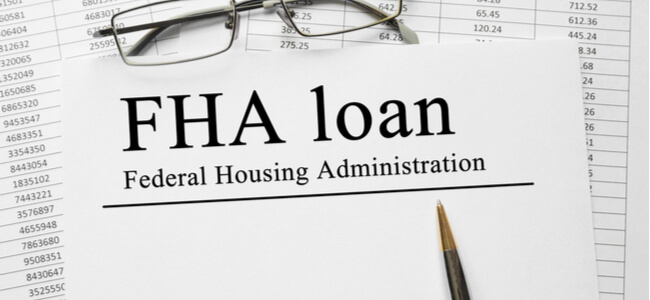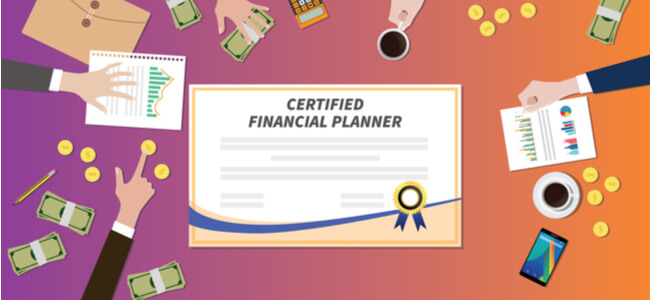Covid-19 And Installment Loans - What You Need To Know

The Covid-19 pandemic has deeply impacted the global economy. Needless to say, unemployment is one of the most acute things affecting the economy and the people themselves, and this is what governments and federal institutions are seeking to tackle first and foremost.
Mid-March, the US Federal Reserve announced it would pump more than $1 trillion into the economy as a support measure and on March 15th, the Fed cut its interest rates by a full percentage point, helping banks and lenders access cheaper financing to turnaround and deliver borrowing access for small businesses and consumers
It also announced the setting up of the ‘Main Street Business Lending Program’ to help medium-sized businesses.
In addition, five federal regulators joined hands to urge financial institutions to issue ‘small dollar loans’ to small businesses and consumers who are battling the impact of Covid-19. This means that banks can restructure their loans in a variety of ways to encourage more spending, while individuals can access some temporary relief. All these measures are meant to encourage banks to lend more to individuals and business entities, and ease the strain overall.
The Latest Stimulus Package Proposal And What That Means For You
The stimulus packages announced by federal and state governments contain different measures designed to address current needs.
Stimulus For Businesses
The Small Business Administration announced several measures to help companies. It is offering low-interest disaster loans to all those businesses that have been affected by the Covid-19, and these loans will be advanced as working capital.
These loans, paid by the Disaster Injury Center, can be used to pay off debt, salaries, accounts payable, and other areas that may have suffered because of economic loss. You can get up to $2 million as part of this stimulus package.
Interest rate ranges from 2.75% (non-profits) to 3.75% (small businesses). To be eligible, you shouldn’t have any credit elsewhere.
Stimulus For Individuals
Americans are entitled to receive a check for $1,200 if your tax return shows your income is below $75,000. Couples may receive $2,400 maximum, upon presenting necessary proof of their cumulative income being below $150,000. If you make more than the cut-off, you receive $5 less for every $100 over the maximum limit.
If you are a college student over the age of 24, then you might be eligible for the stimulus package. Usually, students below that age are considered dependants by the tax authorities. Additionally, if you haven’t prepared your tax filings for 2019, you can use your 2018 return. In case you haven’t filed for 2018 also, just show your 2019 Social Security statement to the IRS.
More Personal Loan Options May Be Coming - What To know
While announcing new stimulus packages for distressed Americans, federal regulators have urged banks to roll out loans and other financial products in various ways. What we might expect includes:
- Open-ended lines of credit
- Option for borrowers to pay back installment loans over a fixed duration or as single payment loans
Regulators have encouraged banks to disburse loans to consumers in a way that spurs spending. At the same time, financial institutions should stick to sound banking practices as well.
Americans can anticipate several new financial products and installment loans for bad credit in the next few weeks. However, caution must still be exercised:
- Find out who the lender is, and how the loan is priced and packaged. If you are a single borrower, avoid single payment loans.
- Avoid car loans as these have very high interest rates, sometimes as high as 300%.
- Consider avoiding lenders that are offering short-term and one-time payment loans with a triple-digit APR.
- In this context, it is helpful to understand the key differences between APR (Annual Percentage Rate) and interest rates. Your interest rate is the cost of borrowing the principal while the APR includes other costs such as the broker fees, closing costs, rebates, discounts, and more. When you are comparing loans, always consider APR before making a decision.
Not Just Personal - Small Business Loans Applications Now Available Too
While a personal loan could help individuals during this period, special financing arrangements were made for small and medium-sized businesses as well.
A case in point is The Cheesecake Factory which operates hundreds of outlets across the US and Canada. According to a report, Cheesecake has decided to stop its April rentals to shore up finances.
To mitigate this kind of distress, authorities have come up with programs targeting small and medium businesses. The $2 trillion bailout package makes billions of dollars of loans available to the country’s small business community. This package is aimed at alleviating shifting conditions for 30 million American small businesses.
If you run a small business, you can use this package to pay off your employees’ payrolls. However, these ‘forgivable’ loans come with certain conditions. First, employment levels must be the same as before the Covid-19 outbreak. Second, these loans are designed for bringing back laid-off employees and paying rent, mortgage interest, and utilities.
Small businesses that qualify don’t have to return the loan to the government if they adhere to these conditions. Still, they must note that these loans can cover only eight weeks of payroll and cannot be used indefinitely.
Any unspent funds will be treated as a loan with a maximum 0.50% rate of interest. There are no fees attached to this condition.
The following expenses are counted in payroll;
- Healthcare
- Retirement benefits
- Parental, family, medical and sick leave
Conclusion
To sum up, the Covid-19 pandemic has had severe effects on the American economy and general well-being. Many small businesses have had to shut down, and this has led to widespread job losses.
To mitigate these losses, the US Government and Federal Reserve have announced several measures to keep the citizens afloat. Some of these steps encourage banks to launch consumer-friendly loans while sticking to healthy banking practices.
The American government is also helping out several small businesses affected by this pandemic by way of low interest business loans. Stay in the loop as this rapidly unfolding situation reveals more options and relief for borrowers of all types.



